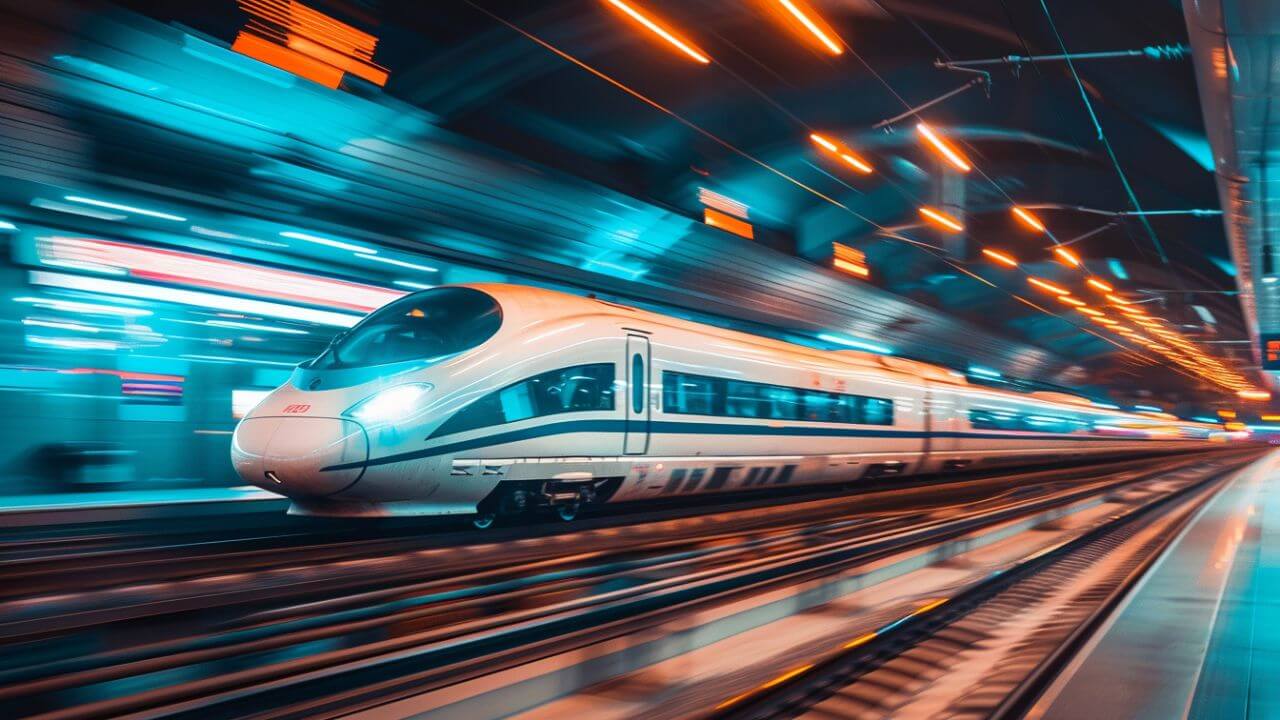China has one of the most advanced and varied transportation systems in the world, reflecting its fast-paced development and large size. The country’s transportation network includes high-speed trains, extensive metro systems, modern highways, and a well-connected system of airports. The high-speed rail, in particular, is a standout, with trains reaching speeds of over 300 km/h, efficiently connecting major cities and regions. In cities, metro systems offer quick and reliable travel, supported by buses and taxis. China’s air travel network is also impressive, with numerous domestic and international flights linking even the most remote areas to major global cities. Additionally, China is making significant investments in green transportation, such as electric vehicles and bike-sharing programs, which help reduce carbon emissions.
In this China travel guide, I will discuss transportation in the major cities and most popular areas of China, giving you an overview of how to get around within and between cities. This will help you plan your trip to China with ease.

This is The Transportation in the Major Destinations in China

Helen Wang
Travel Advisor & Guide Expert
I started my travel career in 2005 and have since become an expert in Tibet and China’s travel destinations and helping travelers plan unforgettable trips.
For expert travel advice to China or Tibet, feel free to contact me.